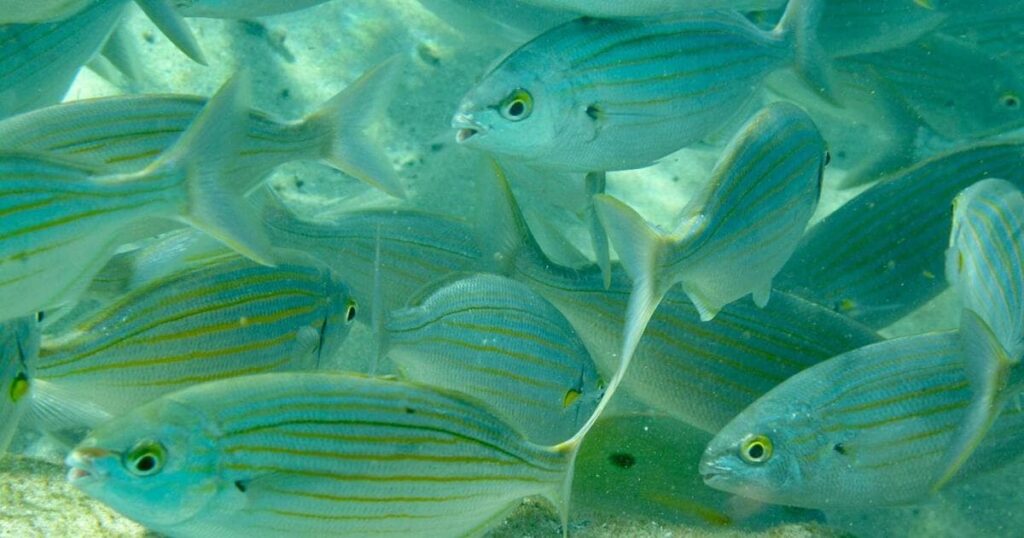First things first: to survive day after day, you’d need basics like water, food, medicine, and weapons—the more weapons, the better. Next, you’d flee densely populated areas, because the more people around, the bolder the zombies would be. Finally, you’d find secure shelter to protect yourself from roaming “undead” just waiting to… eat brains.
Zombie enthusiasts can list many supposed causes for corpse-to-zombie transformation: viruses, chemicals, pollution, or fungi damaging parts of the brain so that primitive drives (like feeding) remain while the rest “dies.” The word zombie may trace to the West Indies (jumbie, “spirit”) or the Kongo term nzambi (“the spirit of a dead person”).

Do Zombies Exist?
Zombies have spread through folklore and, in recent decades, media, becoming leading characters in films and ads. Countless theories exist, yet no precise answer to how these creatures could function. Some point to viruses; others to radiation or parasitic fungi; still others to curses reviving corpses from another realm.
In the 1968 film The Night of the Living Dead, the undead are portrayed meticulously—slow but relentless, patient, and many.
In modern depictions like World War Z (2013), zombies move very fast and appear quite coordinated.
Yet zombies are a paradox that defies physics and biology: neither fully alive nor truly dead; frigid and soulless yet somehow digging through skulls to eat brains; decaying bodies sprinting down streets.
Despite the myth and movie magic, human biology says zombies cannot exist. Below are 12 lines of evidence against the idea that zombies will “rise one day.”
1) Temperature & Humidity Destroy Them
Extended weather extremes wreck tissue:
- Heat + humidity accelerate decomposition by fueling insects and bacteria.
- Arid desert heat can desiccate a body within hours.
- Severe cold makes bones brittle; minor impacts or falls can shatter the skeleton.
- Add UV light, wind, rain, hail, blizzards—and it’s clear why fictional zombies hide in basements, caves, and abandoned prisons.
2) Movement Contradicts Biomechanics
Locomotion requires intact muscles, tendons, joints, and bones. If these fail, you don’t move. Many modern zombies are shown running despite loose bones and hanging flesh—a biomechanical impossibility.
3) No Working Brain, No Movement
All skeletal muscle activity is governed by the central nervous system via electrical signals from the brain. Many zombie portrayals show devastating head trauma—i.e., nonfunctional brains—yet continued purposeful movement. That’s not how motor control works.
4) No Immune System
Viruses, bacteria, fungi, and parasites attack us constantly. Our immune system (notably white blood cells) keeps us alive. Corpses have no immune function, turning into perfect breeding grounds for microbes that digest them from the inside out.
5) Metabolism Is Absent
Metabolism converts food into energy for breathing, moving, and everything else. Zombies are “undead,” so by definition lack metabolism. Even if one could chew a “delicious brain,” there’d be no functional digestion to extract calories and fuel motion.
6) Predators Would Eat Them
Hyenas, wolves, bears, coyotes, foxes—and even smaller scavengers like rats—would quickly attack and consume slow, decaying bodies, especially under post-apocalyptic food scarcity.
7) Failing Senses
Sight, hearing, smell, taste, touch keep us alive. In decay:
- Eyes (soft tissue) degrade early → blindness.
- Eardrums fail → deafness.
- With moldering noses and overwhelming self-stench, olfaction is useless.
Result: clumsy, indiscriminate grasping that functioning humans easily evade.
8) “Bites Turn You” Is Implausible
Transmission by bite requires close contact, time, and force:
- A shambling corpse missing limbs can’t restrain a struggling victim long.
- Biting demands energy zombies don’t have.
- Warm, alert humans would notice and avoid the slow approach.
Unlike measles (airborne, persists hours), a zombie pathogen-by-bite stretches plausibility.
9) Wounds Never Heal
Before antibiotics, simple cuts killed. Humans heal via tissue repair; zombies do not. Each injury worsens, flesh tears further, bones expose—rapid structural failure follows.
10) No Defecation = System Failure
A human stomach holds ~1.5 L. Zombies supposedly gorge on brains—but with a nonfunctional GI tract (leaks between mouth and anus), ingested matter would accumulate, ferment, and rupture. There’s no nutritional gain—only explosive decay.
11) Teeth Fail, Too
Without hygiene, enamel cracks, gums rot, teeth loosen and fall out. Even if teeth persist longest, losing them ends biting as a tactic—leaving slow, brittle, armless gnashers with no effective weapon.
12) Net Result: Physically Impossible
In short, you won’t spend life fleeing hordes of brain-eaters. The real post-apocalyptic threats would be medicine shortages, fuel scarcity, and clean-water crises—not zombies. Best to let zombies return to the grave where they belong.
What “Zombie” Really Means (Folklore)
Zombie commonly refers to a corpse reanimated by mysterious means (e.g., magic), or metaphorically to a hypnotized person lacking self-awareness yet still ambulatory. Since the late 19th century, zombies have become staples of North American and European folklore, and in Hollywood they are typically dead—or infected living—turned monstrous by disease or curse.

